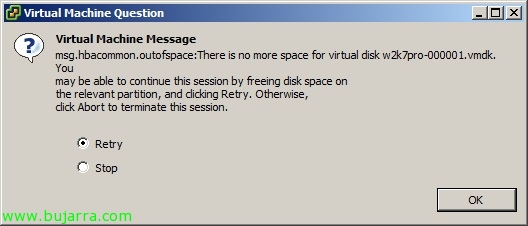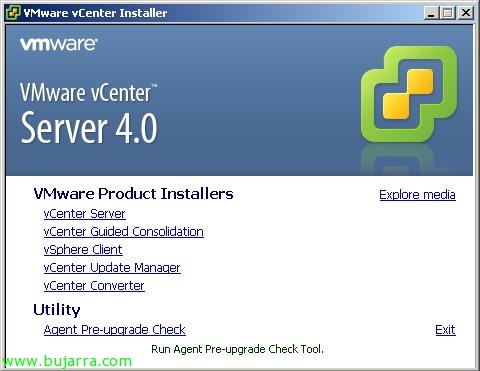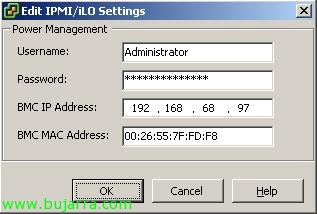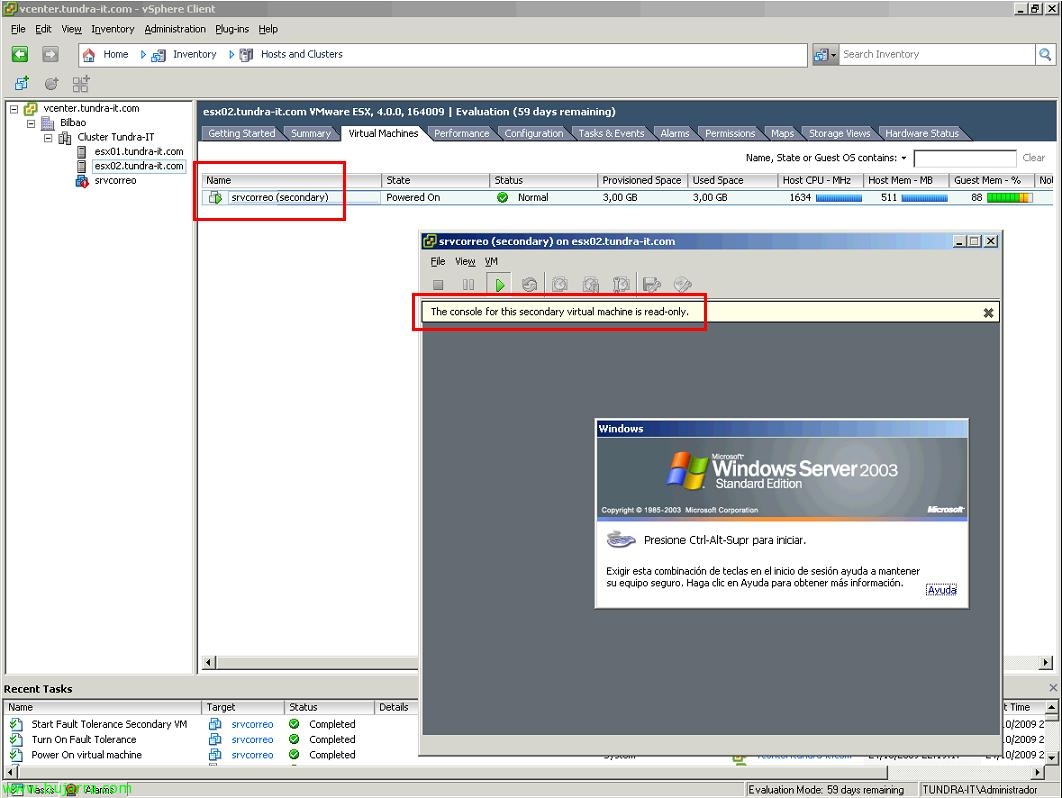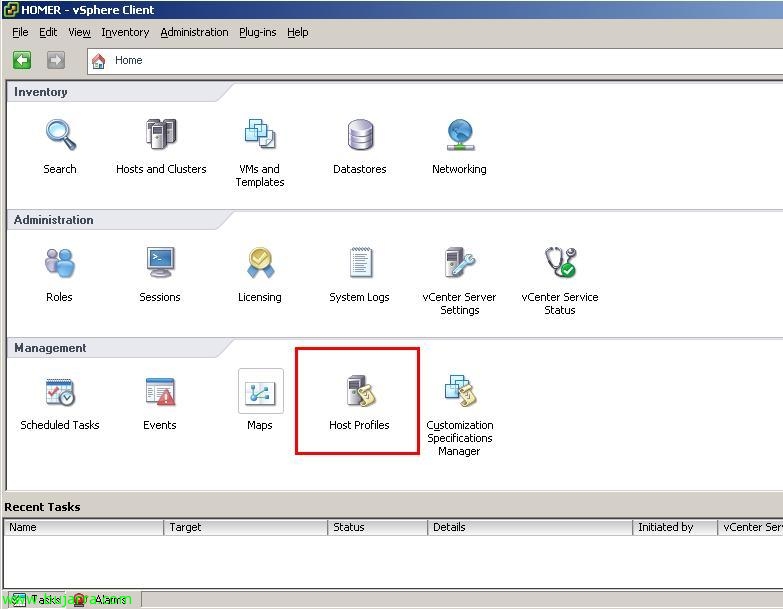Using USB Devices on VMware ESX 4.1 or VMware ESXi 4.1
Starting with the new version of VMware ESX 4.1 or VMware ESXi 4.1 it already supports the use of USB devices connected to our hosts and pass the redirection to virtual machines. In this document we will see how to configure it, It is very simple and can be done hot.


